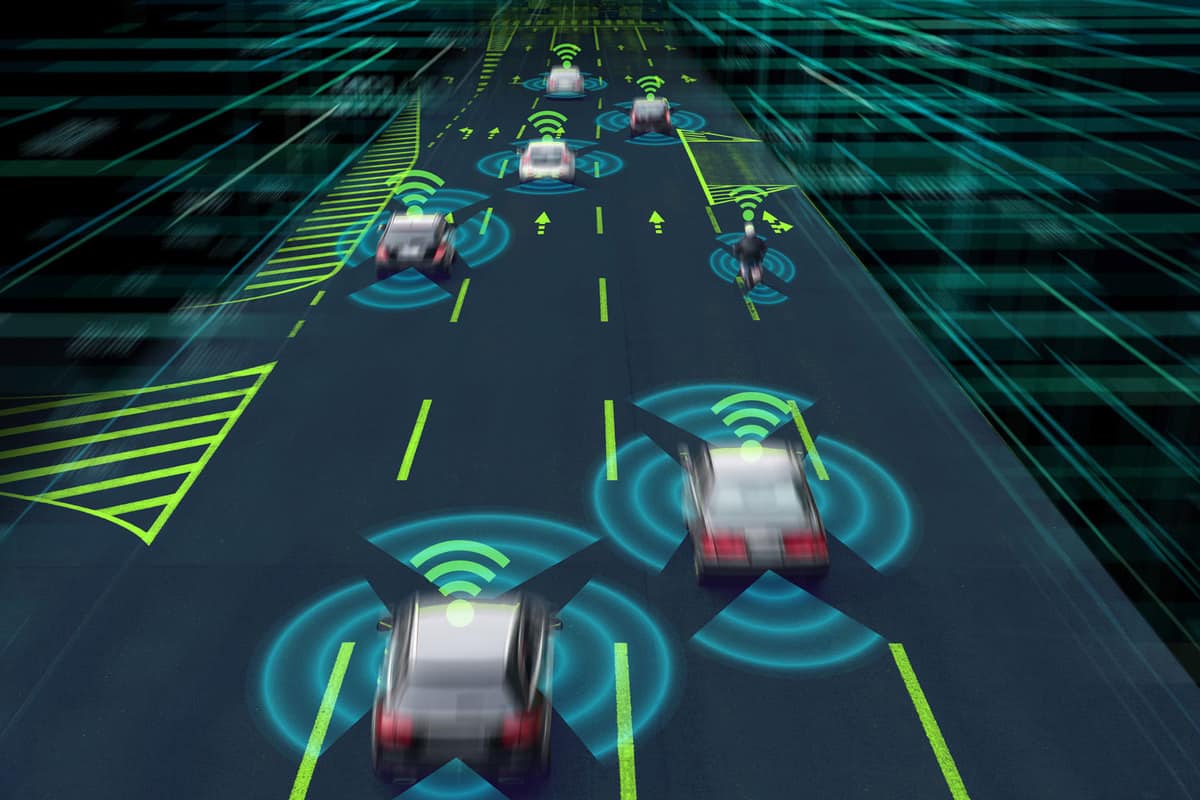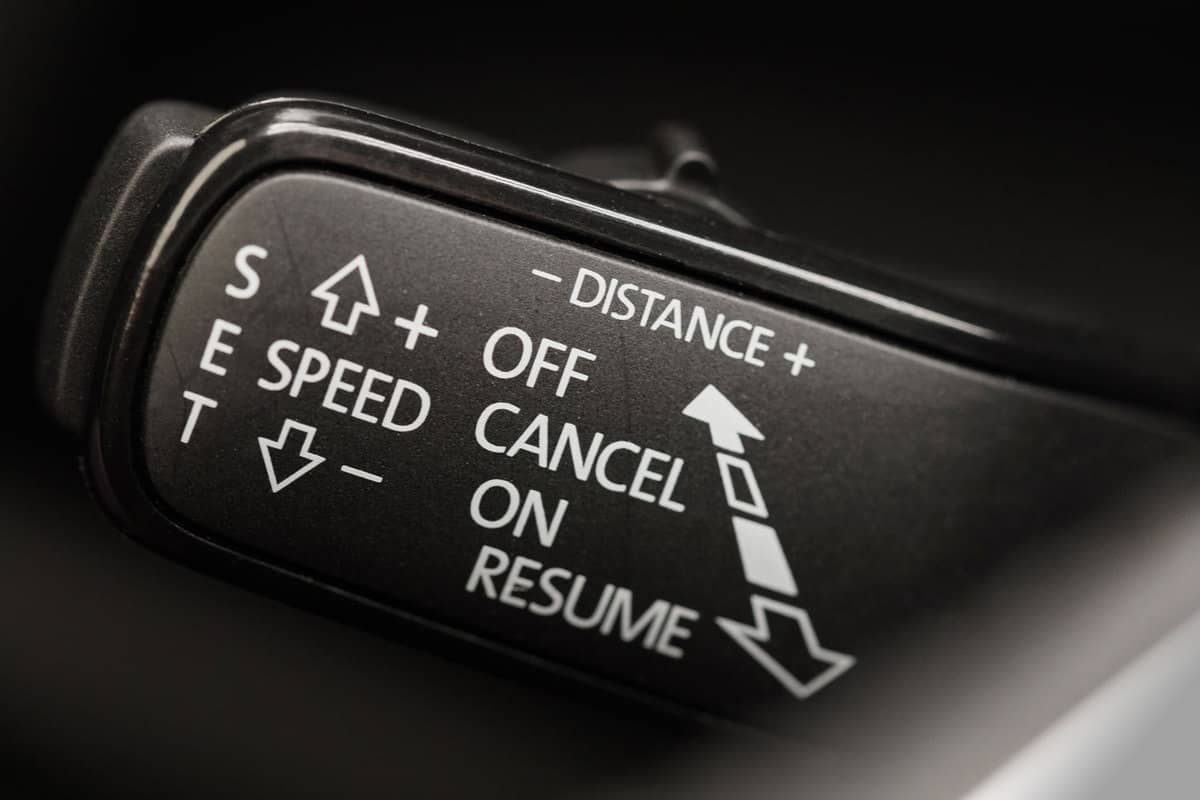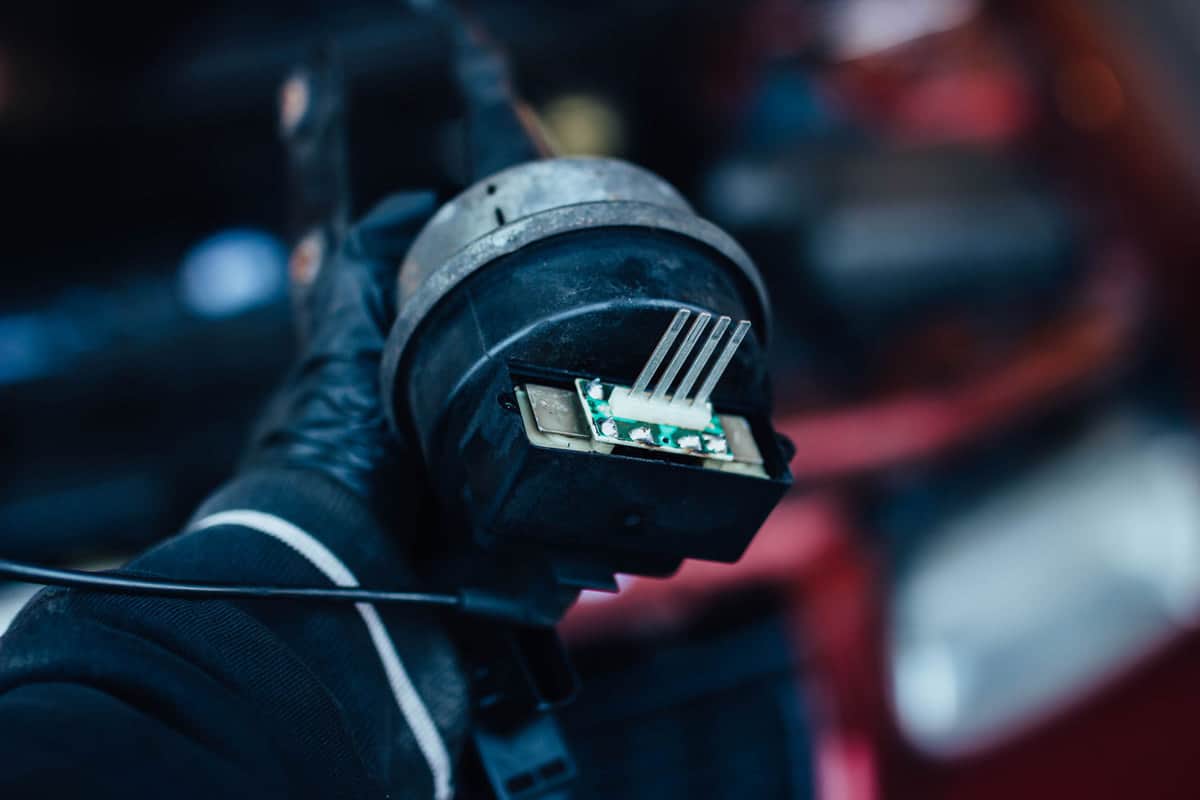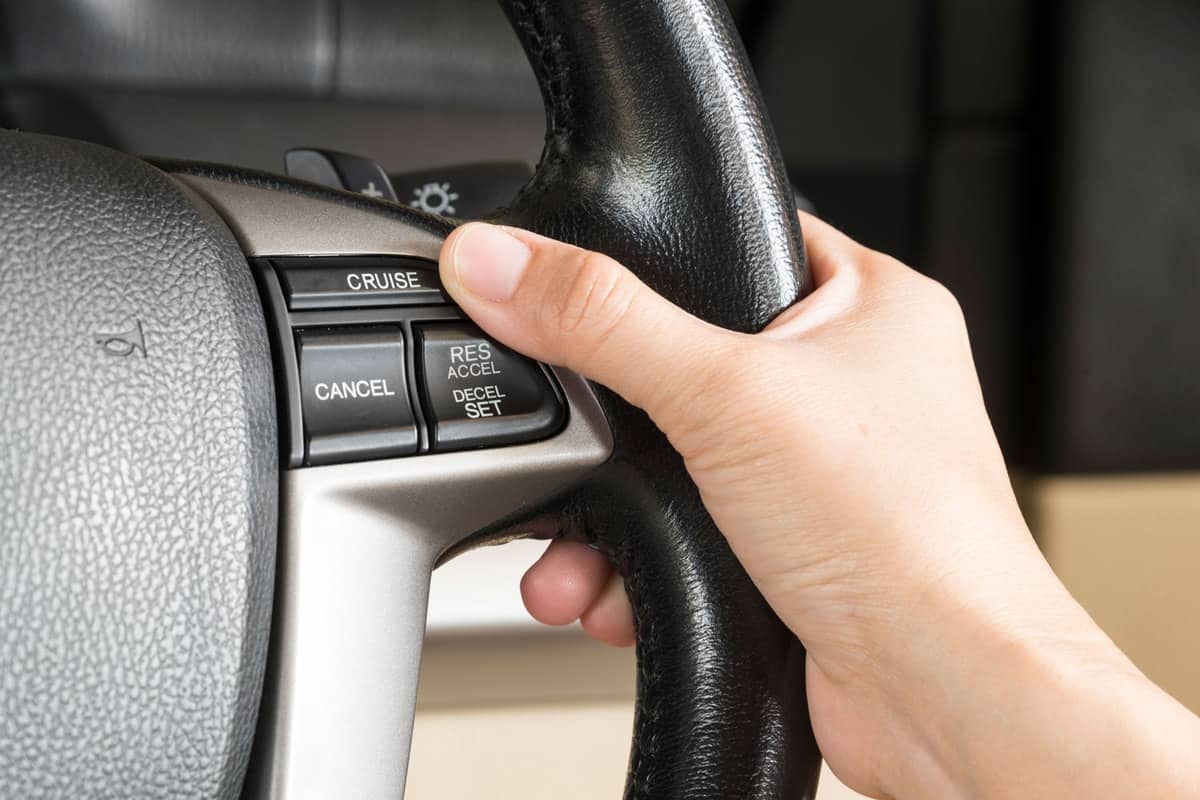Cruise control is a feature in many cars. It allows drivers to control the speed of their vehicles without significantly relying on manual controls. But is it possible to install aftermarket cruise control? If so, how can you complete the installation procedure? We researched the answers to these questions, and here's what we found.
Most cars allow installations for aftermarket cruise control systems. Vehicle owners should first check if their chosen cruise control kits are compatible with their vehicles. Universal kits are available on the market to help reduce the inconvenience and risks associated with buying the wrong model.
Here's a quick look at the steps to install an aftermarket cruise control in a car:
- Program the actuator and install it in a safe location in the vehicle.
- Measure the throttle travel and mark the distance from the starting and finishing points.
- Set the pulley segment to its open throttle position.
- Slide the barrel cable through the appropriate hole and connect it to the rest of the cable assembly.
- Remove the sleeve from the cable assembly with a wrench and nut.
- Screw the snap-in adapter and attach it to the extension bracket.
- Straighten the wiring harness by separating the 4-pin mating connectors.
- Pass the 4-pin connector and the violet wire through the correct hole.
- Reconnect the 4-pin connector and attach the other wires.
- Use the sealing putty to cover the bulkhead hole.
- Install the lever assembly in the driver panel.
- Run diagnostics to check if the newly installed cruise control works.
One mistake can lead to disastrous results despite installing an aftermarket cruise control being a relatively DIY-friendly job. Continue reading to learn more about cruise control systems. We'll also talk about the installation steps in greater detail as you keep reading this post.
![Driver setting the cruise control setting, Can You Add Aftermarket Cruise Control? [And How To]](https://vehq.com/wp-content/uploads/2022/03/Can-You-Add-Aftermarket-Cruise-Control-And-How-To-1.png)
What Is Cruise Control And How Does It Work?
Generally, cruise control functions by controlling a car's speed. For example, hitting the cruise control button once can cause a vehicle to accelerate or decelerate by one mph. So pressing the same button three times makes the car go faster or slower by three mph.

Various manufacturers also add extra features with their cars' cruise control features. Some of these add-ons may include [but aren't limited to]:
- Automatic disengage: The cruise control will stop working upon hitting the brake pedal.
- Adaptive cruise control: Uses laser or radar sensors to detect objects at the front and switch the vehicle's speed according to real-time driving conditions.
- Set/Accel: Maintains the car's current speed.
Can Cruise Control Be Installed Aftermarket?

It's possible to install aftermarket cruise control on relatively any car. The vehicle will typically only need a control switch to activate the features built into the cruise control module.
But keep in mind that different cruise control providers often add different characteristics and features to their products. The price ranges may also vary for each supplier.
Also, be aware that installing aftermarket products, including cruise control systems, may void the car manufacturer's warranty. Ensure that you fully understand the risks involved in installing third-party cruise control systems before proceeding with the assembly.
How To Install Cruise Control Kit For Car?
Before proceeding with this project, make sure that the cruise control kit is compatible with your vehicle. Also, read this system's owner's guide; the instruction manual may show you unique steps that might not be present in some cruise control kits offered by other brands.
You may also need to purchase other equipment required for this project. So expect to spend more money to buy these materials and tools to complete the cruise control setup properly. One of the needed items is a signal generator, which your car may or may not possess. Consult the carmaker to verify the existence of this component if you're unsure.

Finally, take the time and don't hurry with the installation. An improperly installed cruise control system may result in a system malfunction. It can then damage the vehicle and pose a high risk of injury to its driver and passengers. The engine should also be off while setting up the kit to prevent accidents while completing the task.
After finishing the preparations and preventive measures, here are the steps to help you install a cruise control kit on your car:
What You'll Need
- Cruise control kit
- Actuator assembly with harness
- Mounting kit
- Extension bracket
- Snap-in adapter
- Wrench
- Screwdriver [optional]
Step-by-Step Guide
- Program the actuator assembly according to the cruise control's installation manual. You should see a chart that tells the actuator switches should be at the on or off positions.
- Place the programmed actuator assembly into your preferred safe location in your vehicle. Ensure that the harness reaches the actuator from that place.
- Measure the throttle travel from its idle to the wide-open position. Mark the starting and finishing points with a marker to serve as a guide.
- Set the pulley segment to the open throttle position.
- Slide the end of the barrel cable through the hole.
- Connect the loop cable to the cable assembly. Use the bead chain connector if necessary.
- Use an appropriately sized wrench with an accompanying nut. Turn the wrench and nut counter-clockwise to remove the sleeve from the cable assembly.
- Screw the snap-in adapter to the cable assembly. Ensure that the assembly extends further than the adapter.
- Attach the snap-in adapter to the square hole of the extension bracket.
- Straighten the harness assembly by separating the 4-pin mating connectors. You may need a screwdriver for this step.
- Pass the 4-pin connector and the accompanying violet wire through the appropriate hole.
- Reattach the 4-pin mating connector and attach the other wires.
- Seal the bulkhead hole with sealing putty, which should also be in the cruise control kit.
- Connect the other wires with their color-coded adapters.
- Install the lever assembly in your vehicle's driver panel as instructed by the kit's manual.
- Run diagnostics to check if the aftermarket cruise control system works as intended.
Check out this cruise control kit on Amazon.
You can also watch the video below to learn more details about this task:
What Cars Have Adaptive Cruise Control?
Adaptive cruise control [ACC] is a system that often uses sensory technology to apply the brakes and deliver warning signals to the driver if needed. Some vehicles that have this feature are:
- 2018 Honda Accord
- 2018 Toyota Rav4
- 2019 Kia Soul
- 2020 Toyota Corolla Hatchback
- 2020 Volvo S60
You might also be wondering if the Volvo V60 has adaptive cruise control. If so, you can read our post on that topic to satisfy your curiosity.
What Is The Disadvantage Of Cruise Control?
Cruise control is usually a benefit for many drivers. But users should pay attention to the correct scenarios to use this system. Some instances may demand drivers to rely more on their inherent skill than depending on the vehicle's automatic features to guide them while on the road.
So you should not use cruise control when:
The Road Is Slippery

Snow and heavy rain can reduce the efficiency of cruise control systems. Take note that cruise controls often handle the acceleration and deceleration of a vehicle. That means that many of these apparatuses generally don't consider the wheels' traction on different terrain.
Traffic Is Heavy
It can be challenging to gauge the recommended speed to use in heavy or slow-moving traffic. If you find yourself in that situation, it's best to switch to manual controls rather than relying on the cruise control system to reduce the risks of on-road accidents.
Encounter Twisting Roads

Sharp turns can become more dangerous than usual if you put too much faith in your car's cruise control feature. It's in these driving conditions that you should manually regulate your speed.
You're Sleepy
It's always best not to take the wheel if you're feeling drowsy. However, if you need to drive and feel sleepy, relying on cruise control may make you feel more comfortable. If so, you might put yourself at a high risk of sleeping behind the wheel.
You can also read our post on when to use cruise control to learn more about the hazards of using this technology.
Final Words

You can install aftermarket cruise controls in many vehicles that don't have these technologies. Make sure to follow the correct installation procedure to set up this system properly. Failure to complete a proper installation can result in vehicle damage and a high driver and passenger injury risk.

